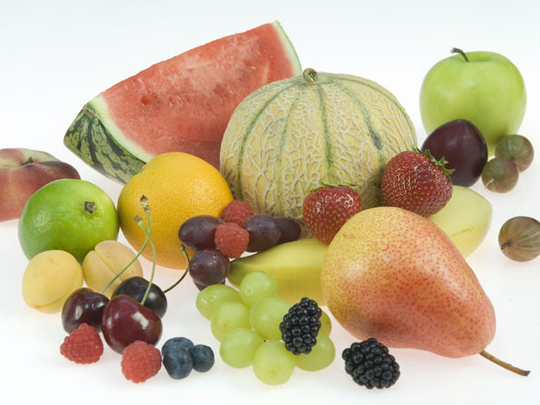
According to Ayurveda, you are what you eat. The ideal role of food is that of an element that acts as a medicine to one’s body. The food depending on its qualities can either harm the body or aid it and improve its functions. Not just the quality of the food, good health also depends on consuming the food in a timely manner and in the right quantity.
In Ayurveda, not just the basic ingredient but even the spices and herbs are used for their nutritional value besides their contribution to taste. They help balance the doshas, get rid of toxins and aid digestion.
Modern science has now discovered the benefits of these spices. Be it turmeric that is highly effective for treating skin related ailments and infections and inflammatory disorders and even diabetes, or cumin, fennel, coriander, nutmeg and cardamom are also used to treat problems related to digestion, fenugreek is used to treat an upset tummy and ginger is used to treat respiratory ailments, fever and cold.
The food that one eats should as much as possible be organic, fresh and locally produced. It is also important to note that when we refer to Ayurvedic food it does not refer to traditional Indian food alone. It could be any cuisine as long as it takes into account the basic criterion for selecting the food – the body type or dosha of the individual, their specific needs and the six rasas or tastes. Intake of food in Ayurveda is also dependent on the combination of food. Some foods interact positively with each other while others do not.
Sattvic Food
According to Ayurveda, Sattvic food is strong in the sattva guna and is beneficial to body and mind. The basic characteristics of Sattvic food are fresh, natural and sweet. Following a Sattvic diet means that one can limit oneself to a pure vegetarian diet, although it is better to consume meat in moderation, though in a boiled or grilled form. Milk, butter, ghee (clarified butter), fresh ripe fruits, almonds, dates, moong (green gram) sprouts, barley, wheat, cereals, tomatoes, plantains belong to the sattvic food group. The spices commonly used in sattvic cooking are turmeric, ginger, cinnamon, coriander, fennel and cardamom.
Why Is A Person Called Sattvic?
Another common description for a Sattvic person is a ‘Yogi’ which means an almost perfect man, and in the modern world, a woman too. It is used to denote a person who is pure in body and calm in his or her mind. He or she calm, happy people and enjoy good health and mental balance.
Sattvic food And The Body, Mind And Character
According to Ayurveda, if the stomach is fine, everything is fine; and for the stomach to be fine, the food we ingest should be fine. Sattvic food is ideal for the human body. They encourage good digestion and metabolism and result in a calmer state of being. By their very nature they soothe the body and this ultimately results in positive thinking, behaviour and a balanced state of mind. A Sattvic person will also be more fresh, alert, and joyful.
Sattvic Food And The Doshas
According to Ayurveda, Sattvic food is considered to be a better choice of food for most people especially those with a Pitta body type as they need more sweet, bitter and astringent foods to balance their doshas. Another body type that will benefit from Sattvic food is the Kapha body type. People with this dosha are usually heavier and Tamasic food (more about it in the coming weeks) will only make their weight problem worse.
Binu Sivan is a Dubai-based freelance writer











